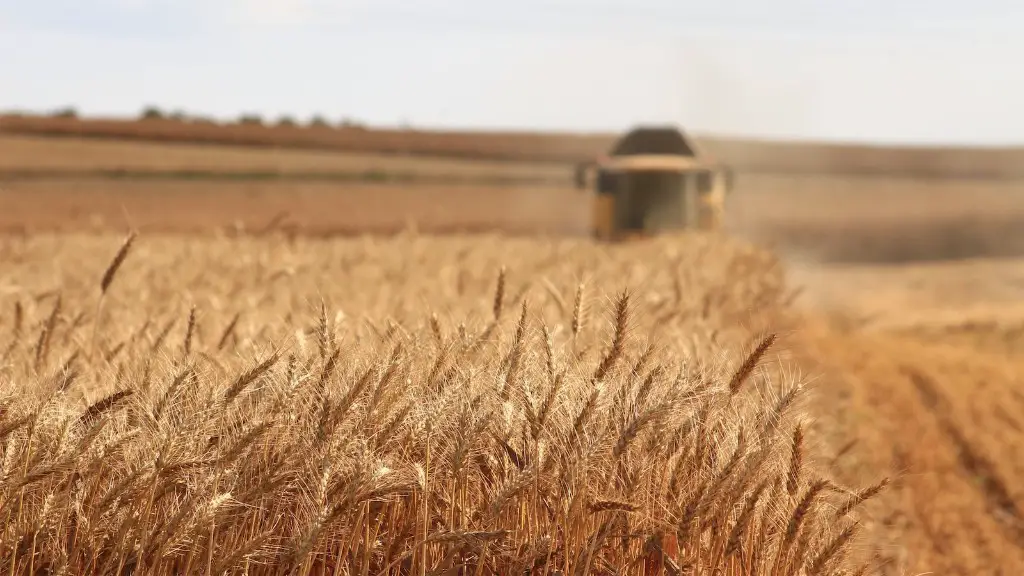Ranching is an ancient agricultural practice, which is still very relevant in the contemporary world. The term refers to the management of livestock, such as horses, cattle, sheep, or pigs. Ranching is the management or raising of these animals for commercial use or various other purposes. The practice involves the management of feed, grazing, herd health and reproduction, and marketing. For example, dairy cows are used to produce dairy products, such as cheese, butter, and ice cream. Beef cattle are typically raised for market on ranches and sent to slaughterhouses. Sheep and hogs are typically raised as cash crops, while horses are either bred or used as a recreational activity.
Cattle Ranching
Cattle ranching is one of the most common examples of ranching. The practice involves the management of feed, grazing, herd health and reproduction, and marketing. Cattle are usually brought in from another ranch and assigned to a grazing area for several months before being sold for beef. The rancher must maintain an effective rotation system so that all of the cattle are rotated through one grazing area at a time for maximum health. Additionally, the rancher must manage the herd’s diet, administer vaccinations and medications to maintain herd health, and take measures to reduce the number of predators in the area.
Sheep Ranching
Sheep ranching is another form of ranching, where sheep are managed for the purpose of producing cash crops. During the spring months, the sheep are typically brought in from another ranch, then moved to a grazing area for several months. The sheep are typically shorn of their wool and then relocated to another pasture for the remainder of the season before being sent to the market. In addition to the management of the herd’s diet, medications and vaccinations, the rancher must also take measures to reduce the number of predators in the area. Additionally, the ranchers must monitor the sheep closely to ensure they are being moved to the right pastures and that they are not overgrazing areas.
Goat Ranching
Goat ranching is another type of ranching, where goats are managed for their cash crop value. Similar to cattle and sheep ranching, goats are typically brought in from another ranch or purchased at the market, then assigned to a pasture for the season. The primary focus of goat ranching is on the management of grazing and diet. The rancher must keep an eye on the herd to ensure that it is not overgrazing areas, and also take measures to control parasites. Additionally, the goat herd must be monitored for diseases and parasites, and shorn of its coat to prevent heat stress in summer months.
Horse Ranching
Ranching with horses is a bit different from raising cattle, sheep, and goats. While some horses may be used for recreational activities, the majority of horses are used for commercial operations such as racing and riding. Horse ranchers must manage the diet and grazing for their horses as well as provide regular hoof care and vaccinations. Additionally, horse ranching involves the management of herd health and reproductive cycles, which includes the management of breeding and foaling cycles.
Pig Ranching
Pig ranching is the management of pigs for various purposes, such as meat production or fuel production. Pigs are typically raised in confinement and may be rotated to different paddocks over the course of the year. The management of pigs includes the maintenance of an appropriate diet, the maintenance of their health and reproductive status, and the management of predators. In addition, pigs may need specialized care and handling, such as may be found in intensive livestock management systems.
Lamb Ranching
Ranching with lambs is the management of sheep for commercial purposes, such as wool or meat production. The practice involves the management of feed, grazing, herd health and reproduction, and marketing. A rancher must manage their flock to ensure the best care for their lambs, and manage the flock’s diet to ensure optimal growth and productivity. Additionally, the rancher must manage the lamb’s medical needs and provide vaccinations. Lamb ranching requires the management of both predators and parasite control.
Maintaining Records
In addition to managing the herd, the rancher must also maintain accurate records of their management practices. Ranching records are important for documenting the success of the ranching operation and for keeping track of inventory, health and reproductive factors, feed consumption, and other related factors. Keeping accurate records is essential for the successful operation of a ranching business and ensures that the ranch is operating in a sustainable manner.
Animal Health Care
Animals on a ranch require regular vaccinations and medication to maintain their health. In addition to routine vaccinations, ranch animals must also be checked for diseases, parasites, and other health issues that could adversely affect their health. Additionally, ranch animals may require specialized care, such as hoof trimming, deworming, and parasite control. Ranchers must be able to identify potential signs of illness so that the animals can be treated promptly and appropriately.
Marketing and Promotion
Ranchers must also be skilled in the marketing and promotion of their ranching operation. Ranchers must be able to effectively market their operation to potential customers and to the general public in order to increase profitability. This may involve advertising, promotions, and building relationships with local businesses and farmers. Additionally, ranchers may need to be knowledgeable in pricing and sales practices in order to maximize the profits of their ranching business.
Financial Management
Finally, successful ranching operations require effective financial management. Ranchers must understand the costs associated with the operation and must be able to create budgets that are realistic and attainable. Additionally, ranchers must be able to monitor cash flow and manage other financial tasks associated with the operation, such as taxes and other regulatory requirements. Ranchers must also be able to manage their inventories, track supplies, and account for other costs related to the ranching operation.


